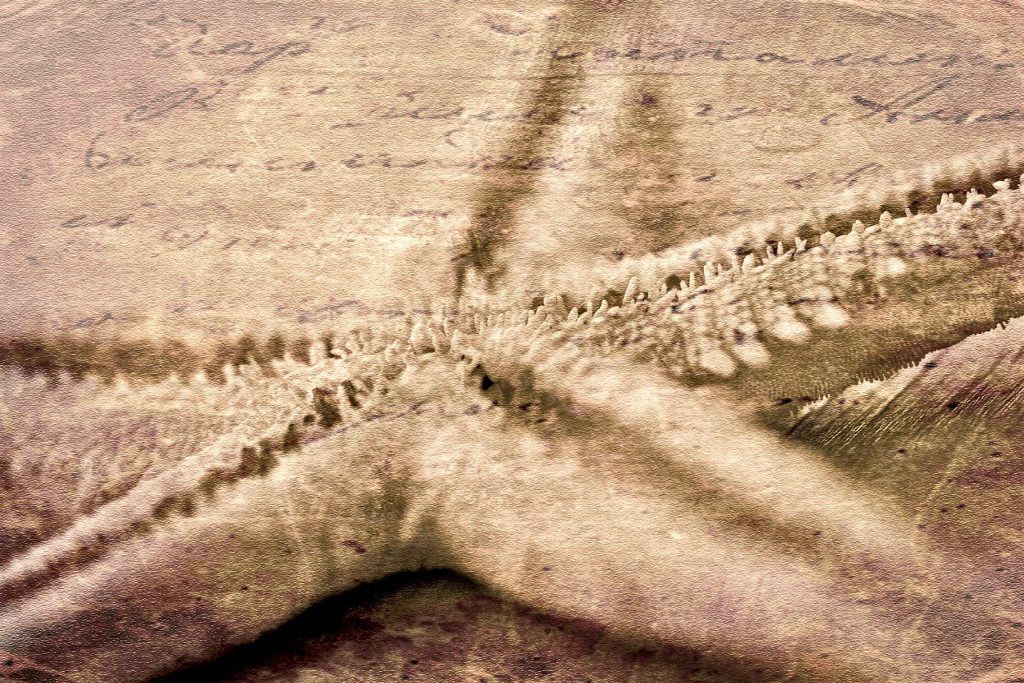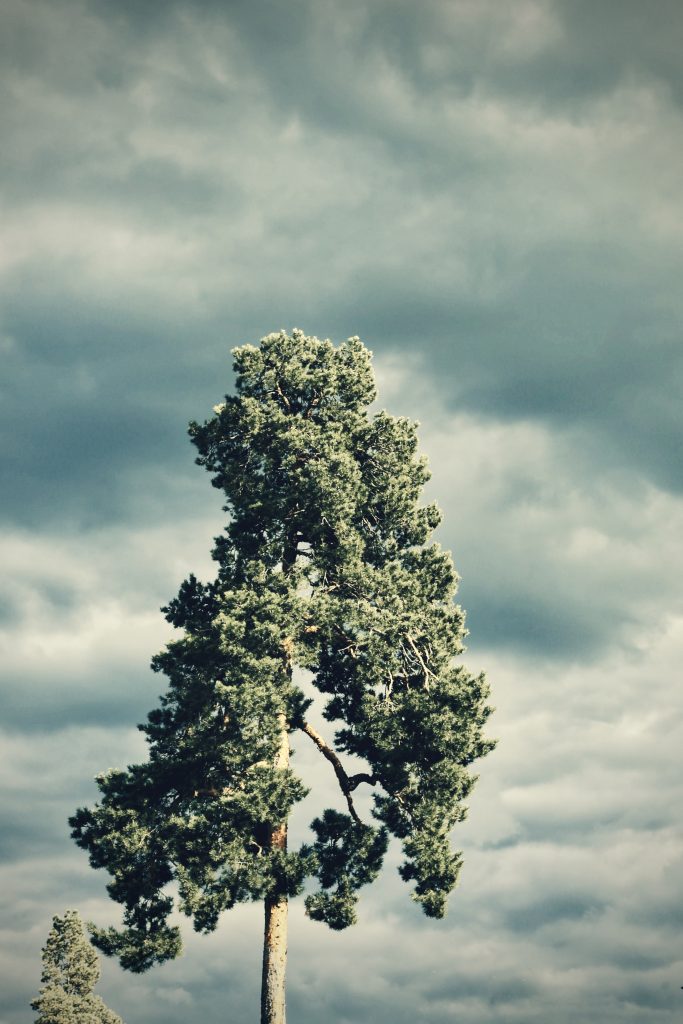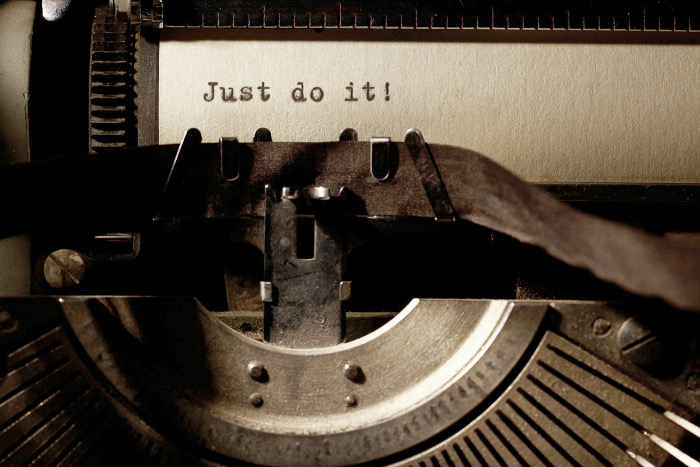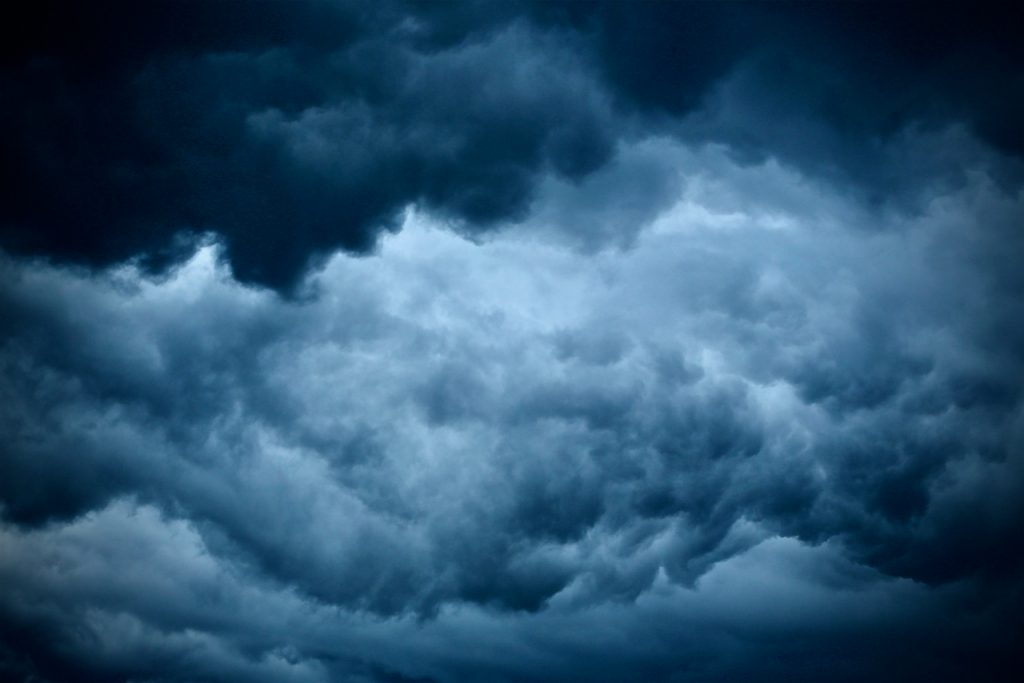
The task is always to write every single piece like it’s your only one. It has to have that energy. Use your best material now. Just squander yourself. Enjoy it. I don’t want to read anyone’s tepid writing.
Parul Sehgal
The quote comes from this excellent interview with Parul Sehgal, book critic at The New York Times, and former editor and columnist at The New York Times Book Review.
One of the few things I know about writing is this: spend it all, shoot it, play it, lose it, all, right away, every time. Do not hoard what seems good for a later place in the book, or for another book; give it, give it all, give it now. The impulse to save something good for a better place later is the signal to spend it now. Something more will arise for later, something better. These things fill from behind, from beneath, like well water. Similarly, the impulse to keep to yourself what you have learned is not only shameful, it is destructive. Anything you do not give freely and abundantly becomes lost to you. You open your safe and find ashes.
Annie Dillard
Annie Dillard, along the same lines.









